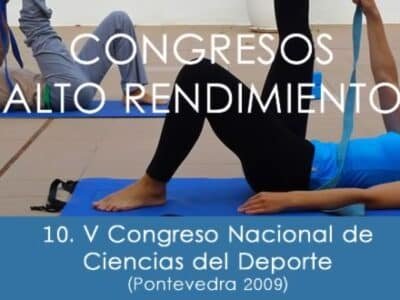Physiological aspects of structural and functional training adaptations -theoretical and practical remarks to high altitude training (1800 – 2400m)
Training at high altitude (HA) is one of the few possibilities, to increase the performance more than by the normally given circumstances.
Endeavor of high altitude training of japan national swim team.
In the 2004 Athens Olympic Games, Japan swim team gathered eight medals including three gold medals. There are some important aspects to note behind these... Read More
Training in altitude: Analysis of practical examples
Altitude affects performance in a range of endurance activities, including intermittent exercise.
Use of supplemental oxygen in living high + training low.
Altitude training has been used by endurance athletes for many years based on the belief that it serves to enhance sea level performance.
Heart rate variability and altitude: Implications for training
Studying heart rate (HR) modulation by way of heart rate variability (HRV) is a convenient method to assess the sympathetic-parasympathetic balance of the autonomic nervous... Read More
Training in altitude: Living high, training high versus living high, training low
“Altitude training” has been used by coaches in many sports intending to enhance sea level performance.
Muscular adaptation to middle altitude: practical issues for training
This brief review is aimed at providing support to the hypothesis that hypoxia may induce muscular adaptations affecting sea-level performance, depending an still unknown factors,... Read More
Erythropoietic & non-erythropoietic aspects of athlete performance after hypoxic exposure
The prevailing paradigm is that sea level performance benefits subsequent to training at moderate altitude (~2000-3000m) are directly linked to an accelerated production of red... Read More
The Teachers’ Satisfaction Towards Their Continuing Training Impact of a Professional Development Model Focuses on Teachers and School
The limitations that have been found in systems training to conduct effective preparation of teachers have stressed the importance of in-service training emphasizing the influence... Read More
Training regimens, manifolds, and vector fields
A main question for sport scientists is: How can training methods for perceptual and perceptual-motor skills be optimized? This presentation summarizes recent research on learning... Read More
The effect of training and detraining in heart rate variability in endurance athletes
The analysis of heart rate variability (HRV) has shown a simple and accurate method in evaluating the autonomic nervous system control (ANS) over the cardiovascular... Read More
Habitus in racket sports
The notion of habitus was developed by a great French Sociologist Pierre Bourdieu (who was also a keen tennis player”) and and became one of... Read More
Influence of training and task difficulty on efficiency of a forehand drive in table tennis
The purpose of our study is to determine what characterise the efficiency of a player in table tennis. The first term which comes in mind... Read More






